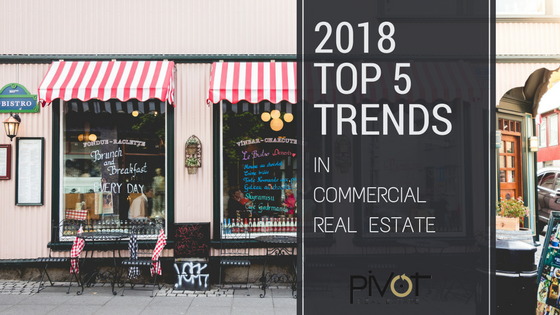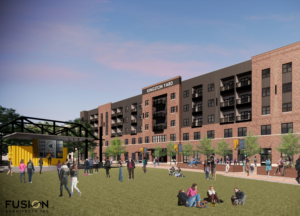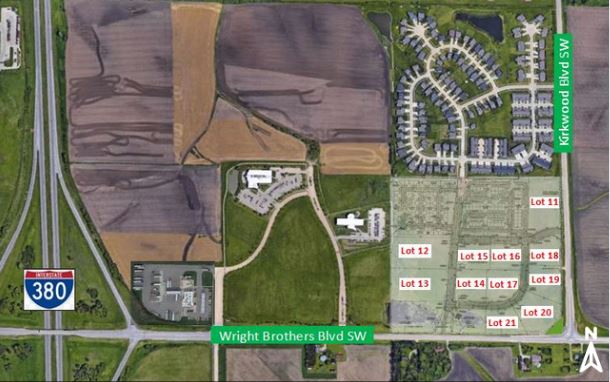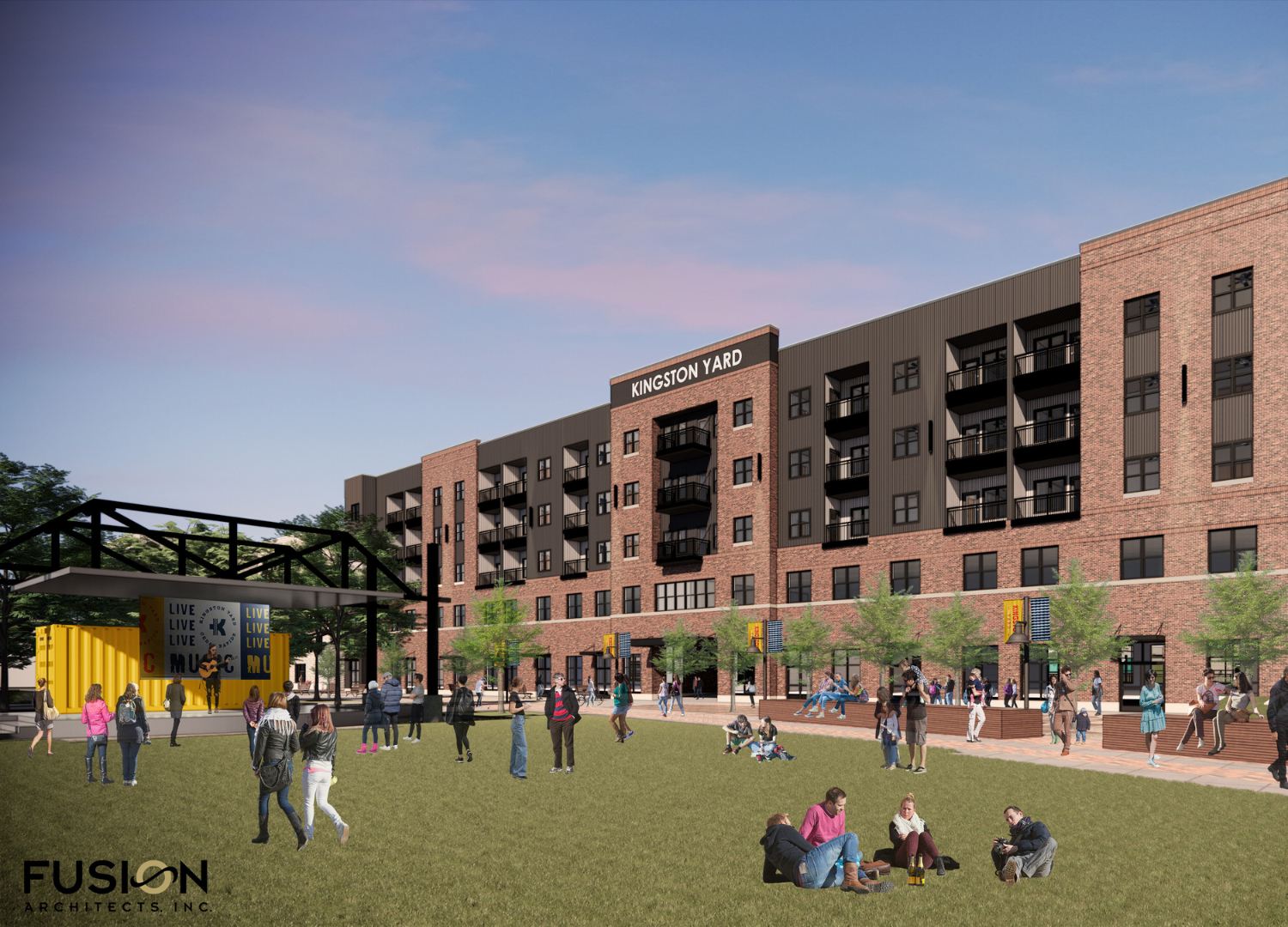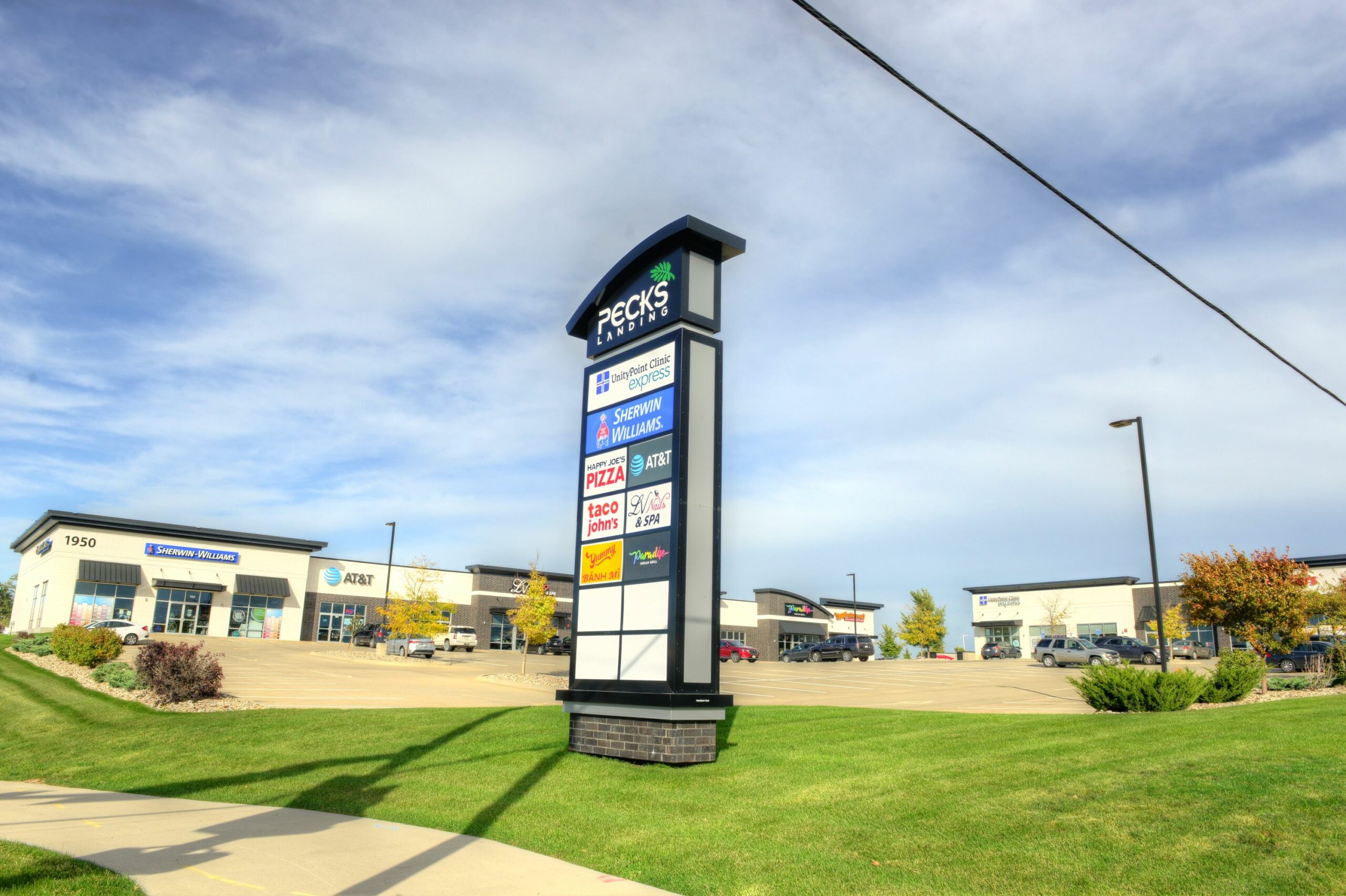2018’s Top 5 Trends in Commercial Real Estate
The new year is likely to make a significant impact on commercial real estate according to the annual forecast by the Urban Land Institute (ULI). The market is poised to evolve in 2018 as millennials represent an increasing share of the workforce and consumer base, forcing owners of nearly every type of real estate to reconsider how best to maintain and market their buildings. These five trends are likely to cause ripples throughout the industry.
1) Office Job Growth and Suburban Migration
Office jobs have expanded by 2.2% on average as the economy has recovered, while total job growth was 1.6%. That means office space will become an increasingly valuable commodity, particularly in the suburbs now that millennials (who represent nearly one-third of office users) are reaching their marriage, home-buying and child-bearing years, according to the ULI’s analysis. The most favorable suburban locations will offer good public transportation, walkability, good schools, quality real estate and live/work amenities, the ULI notes. Two prime examples, Brooklyn in New York City and Belleview in Seattle, have urban-esque amenities and offer easy access to the central business district without being located in it.
2) Spaces That Multitask
The lines between living, work, and play environments are blurring, and along with them, space use and finishes are evolving as well, ULI explains. Buildings with “transformational” amenities like large common spaces to relax and recharge devices, several food options, fitness facilities, event space, roof decks and outdoor spaces are better positioned to attract new tenants and retain old ones, and the tenants in those spaces will have an easier time recruiting top talent. Suburban locations aren’t exempt from this rule; ULI notes that a focus on “fitness, food, and fun” has spread to the suburbs in the form of building owners bringing in food trucks and creating on-site fitness spaces and outdoor meeting areas.
3) Diversity of Office Layouts
Open offices are still the standard, but the open layout is not for everyone, ULI notes. The organization cites a study of more than 1,200 employees from different industries who named the ability to focus without interruptions as a top priority, and ambient noise from an open office can make it harder to focus and ultimately reduce satisfaction at work. Companies need to strike the right balance of open workspace vs. private office space, and there’s no one rule of thumb that will work for every tenant or building owner.
4) Generational Change in Retail
ULI’s analysis describes rapid change for brick-and-mortar retail establishments, especially since millennials seem to spend significantly less on aspirational goods like apparel and housewares and much more on experiences, such as entertainment and restaurant dining. The report suggests that retail owners focus more on what they can offer shoppers rather than behaviors shoppers are no longer exhibiting – namely, creating a dynamic shopping experience “where the social dimension of human interaction adds to the mere exchange of cash for goods.” E-commerce can’t replace the human element, especially not in applications like health, fitness and grooming facilities, so it’s unlikely that physical stores will lose much ground in 2018.
5) Changing Technology
Tech-enabled buildings create operating environments that are both more energy-efficient and more comfortable for occupants, so building owners and tenants who haven’t embraced transformational technology may be left with buildings that are less desirable. In many cases, wireless controls for lighting, HVAC, and other building systems can be retrofitted without much trouble and a much lower cost than comparable wired systems. New buildings offer even more flexibility; one investor quoted in the study described a Class A office building currently under construction that will have a curtain wall created from energy-efficient glass that can tint to adjust for heat, glare and available daylight.

